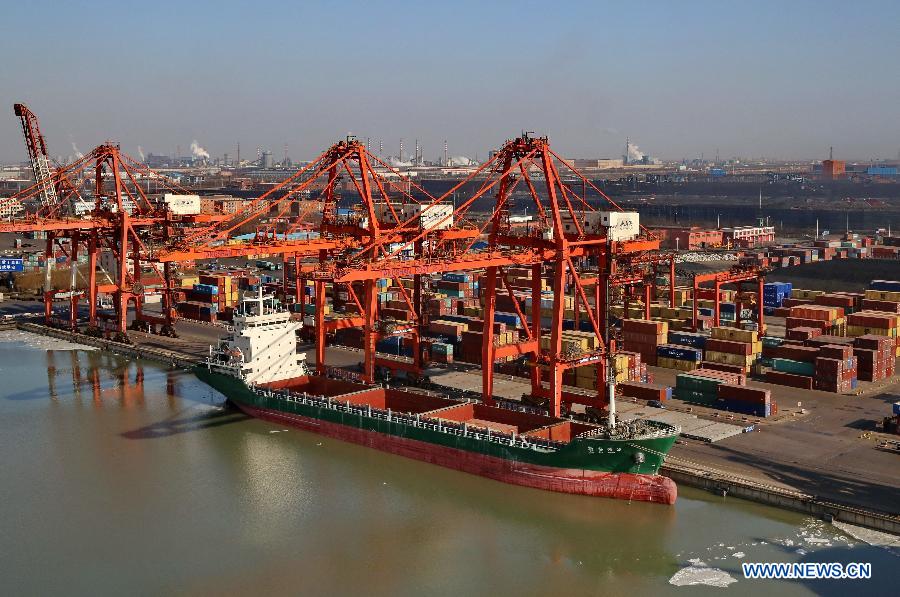


Weak yuan following reforms in exchange rate regime of the Chnese currency has led to stronger-than-expected foreign trade data for China in August, as imports unexpectedly rose for the first time in nearly two years. Exports also showed signs of improvement, according to experts.
Imports increased 10.8 percent, compared with a previous decline of 5.7 percent, according to figures from the General Administration of Customs. The numbers also show that exports in yuan-denominated terms rose 5.9 percent year on year in August, accelerating from 2.9 percent in July and beating Bloomberg's expectations for a 4-percent decline.
The peformance of exports and imports in August led to a monthly trade surplus of 346 billion yuan ($51.9 billion), down 5.1 percent from a year earlier.
Processing trade, the most sensitive indicator of the competitiveness of exports, is still at a low point, which means that China's foreign trade remains under pressure. This is despite the fact that figures show the situation has improved in the short term, said Lu Zhengwei, chief economist for Industrial Bank in Shanghai, in an interview with thepaper.cn.
The marked increase in imports is related to higher prices for international commodities, and the exchange rate of the RMB was corrected about 6 percent, Lu added.
Discussing the reason for the unexpected trade figures, Bai Ming, a senior international market researcher at the Ministry of Commerce, said that the RMB's sharp depreciation impacted the calculation of trade figures after exchange rate reform on Aug. 11, 2015. Meanwhile, import and export data from last year was generally low.
Regarding exports, a report released in May by China's State Council, which intended to promote foreign trade, likely had some effect on trade volume.
 Fire brigade in Shanghai holds group wedding
Fire brigade in Shanghai holds group wedding Tourists enjoy ice sculptures in Datan Town, north China
Tourists enjoy ice sculptures in Datan Town, north China Sunset scenery of Dayan Pagoda in Xi'an
Sunset scenery of Dayan Pagoda in Xi'an Tourists have fun at scenic spot in Nanlong Town, NW China
Tourists have fun at scenic spot in Nanlong Town, NW China Harbin attracts tourists by making best use of ice in winter
Harbin attracts tourists by making best use of ice in winter In pics: FIS Alpine Ski Women's World Cup Slalom
In pics: FIS Alpine Ski Women's World Cup Slalom Black-necked cranes rest at reservoir in Lhunzhub County, Lhasa
Black-necked cranes rest at reservoir in Lhunzhub County, Lhasa China's FAST telescope will be available to foreign scientists in April
China's FAST telescope will be available to foreign scientists in April "She power" plays indispensable role in poverty alleviation
"She power" plays indispensable role in poverty alleviation Top 10 world news events of People's Daily in 2020
Top 10 world news events of People's Daily in 2020 Top 10 China news events of People's Daily in 2020
Top 10 China news events of People's Daily in 2020 Top 10 media buzzwords of 2020
Top 10 media buzzwords of 2020 Year-ender:10 major tourism stories of 2020
Year-ender:10 major tourism stories of 2020 No interference in Venezuelan issues
No interference in Venezuelan issues
 Biz prepares for trade spat
Biz prepares for trade spat
 Broadcasting Continent
Broadcasting Continent Australia wins Chinese CEOs as US loses
Australia wins Chinese CEOs as US loses